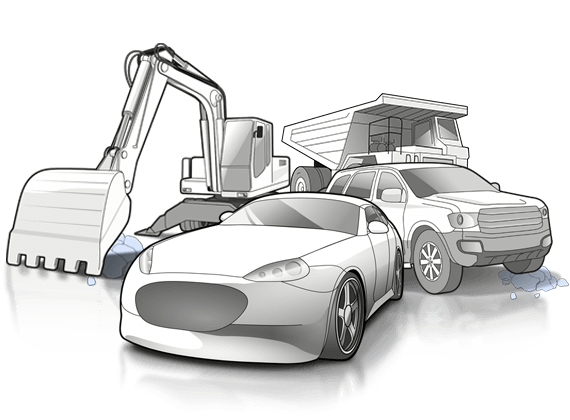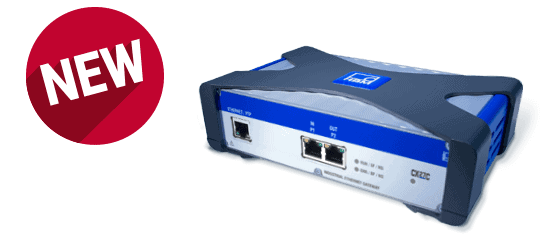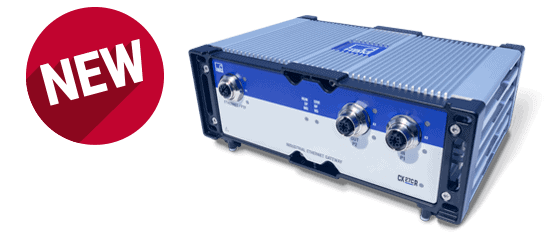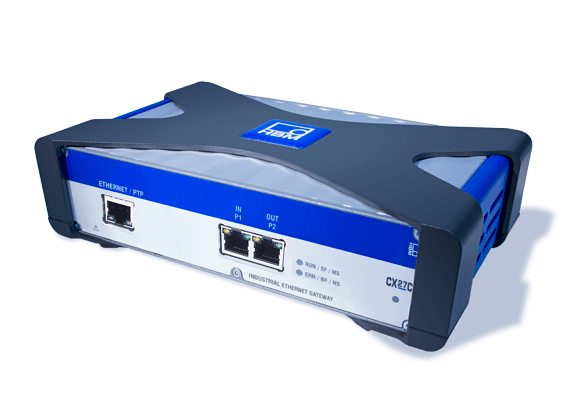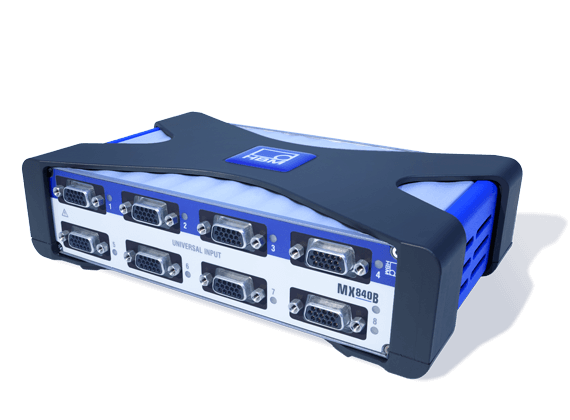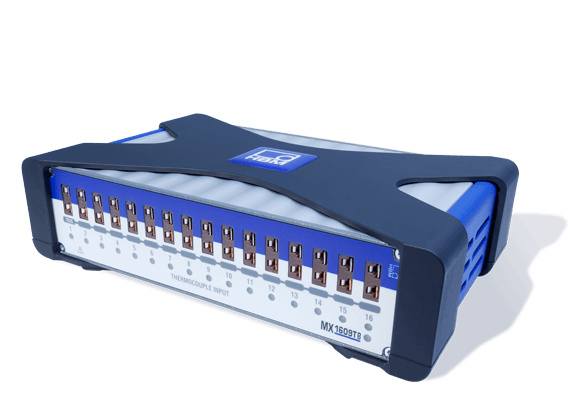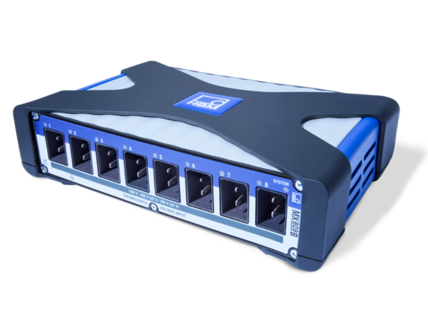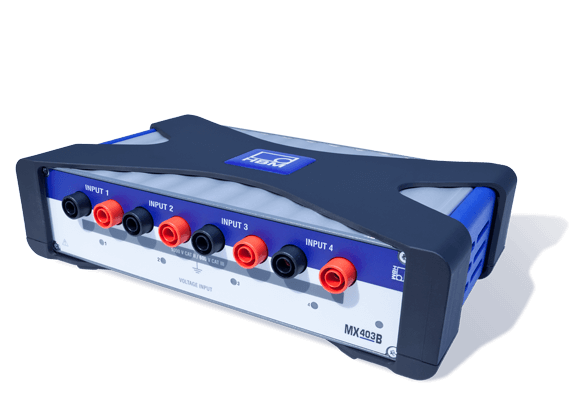XCP: Standardization by ASAM
ASAM - Association for Standardization of Automation and Measuring Systems, envisions that in a development process chain, standardization helps tools to be freely interconnected and data to be seamlessly exchanged. The tools are used in the process to develop and validate vehicles, their components, and their control systems.
The term XCP is based on the ASAM standard CAN Calibration Protocol (CCP). The initial version of XCP from 2003, was designed primarily for ECU development, calibration and testing in the automotive industry. Today, ASAM MCD-1 XCP is a standard for basically all leading tools in the measurement calibration area. ASAM MCD-1 XCP is necessary to read and edit the memory of the ECU. The data exchange between the ECU and the tools can thus be tuned by optimizing the parameters of the ECU´s algorithms.
As HBM is a member of ASAM, exchange and cooperation with other vendors in the market help us give customers the maximum flexibility in reaching their project targets.
